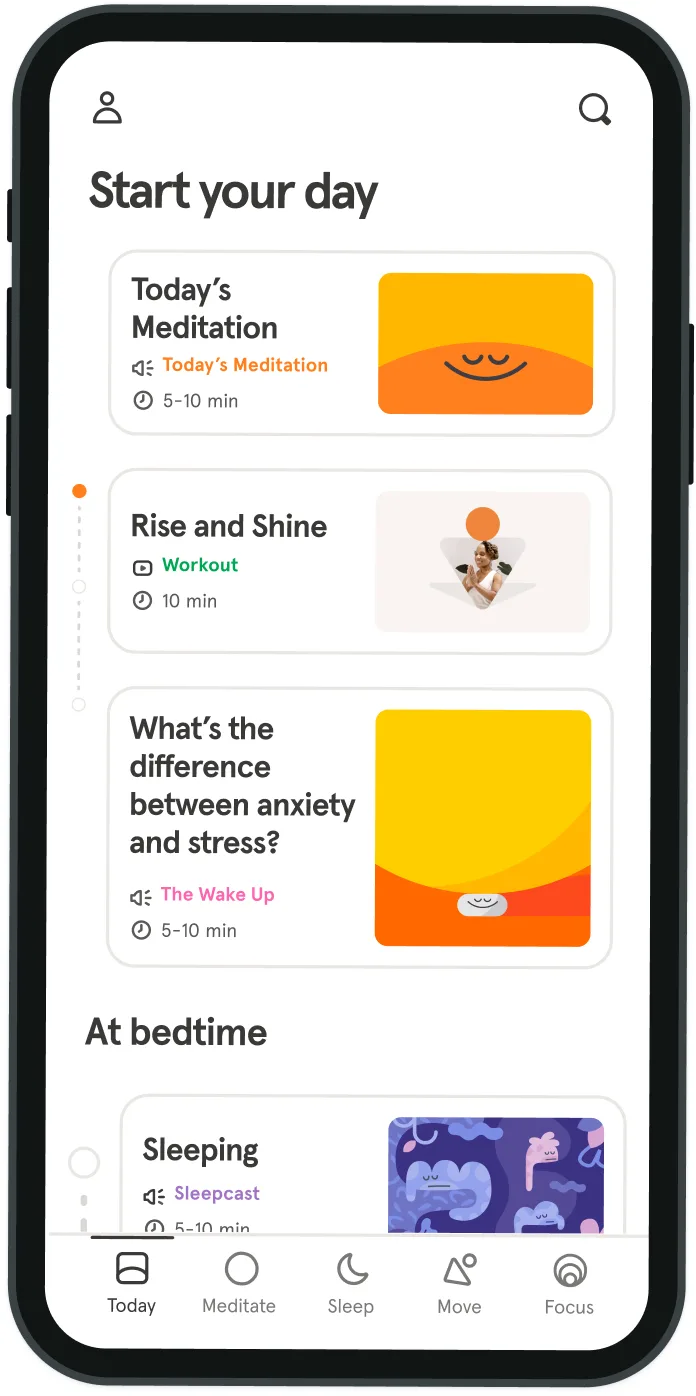When I train Olympic athletes, I start them with meditation
This time of the year is often busy for me. The athletes I work with are either preparing for their race season or hitting the reset button during their off season, but it’s particularly busy this year as certain athletes start to focus on the upcoming 2016 Summer Olympic Games in Rio de Janeiro.
I recently took a trip to Rio to help one athlete in particular prepare for the upcoming Olympics. It was time to start dialing in her training both physically and mentally, and to do that, we were going to focus on utilizing the mental skills of meditation and visualization. The use of imagery and what we now refer to as visualization in sport psychology has long been utilized in elite sport. Most athletes at the professional and Olympic level use visualization and other mental training tools to enhance their performance. Everyone has an imagination, so tapping into this source should be easy, but for some, learning to use visualizations proves to be a difficult task. In these cases, combining meditation and visualizations can be a powerful tool to help athletes reach their optimal level of performance.
I often describe meditation as the foundation of visualization training because it is during meditation that athletes are able to empty their minds and focus on their breathing. This mindset sets the stage for creating a visualization practice. Athletes who visualize accomplishing specific objectives/goals, combined with the regular practice of breathing exercises, can train the body to work harder and for a longer period of time in training and competition. How exactly does visualization work? First, our central nervous system, to some degree, does not distinguish between real and imagined events; it processes all images as if they are real. Here’s a quick test: Relax and close your eyes—now imagine you’re holding a bright yellow lemon in the palm of your hand; you can feel the coolness of the lemon as you place it on the table. In your mind, cut a wedge from the sour lemon and place it in your mouth. Bite down gently, and let the cool, sour juices permeate inside your mouth. Did you find yourself puckering or salivating? This is a simple yet effective way to show how visualization can create a physical response by simply using your senses.
There are two ways in which athletes can use visualization. One perspective is Internal, which is when an athlete visualizes being inside their body. An example would be if you imagined your arms pumping as you sprinted toward a finish line for the win. I might also have an athlete take an External approach by visualizing herself as an external observer (much like in home movies) where she would see herself make the perfect move in a race or game from a third-person viewpoint. Through practice, athletes learn which approach is more effective for them personally. One of my athletes shared that he likes to implement his visualization practice into his daily training while driving home after yoga class. He described that it is helpful to be in a calm and centered mindset. He explained, “I like to use this time to practice a new mountain bike skill and visualization helps me do this while also feeling more confident in my abilities.” Other athletes find it helpful to practice their visualizations while stretching and preparing for training. My athletes who are preparing for Rio like to schedule their visualization training into their physical training because they understand how powerful this tool can be towards obtaining their Olympic goals. Implementing a meditation and visualization program can provide athletes with a way to train when being physical isn’t an option, like while traveling or during recovery periods. It can also help athletes through injuries by shifting attention away from the injury and onto mental rehearsal of visualization scripts to aid in recovery and reentry. No matter their condition, I recommend athletes practice meditation and visualization skills on a daily basis by setting aside 10-15 minutes each day, either in the morning before training or at the end of the day while stretching, recovering, and preparing for bed. In the visualization itself, I ask that my athletes focus on positive images because negative images can create anxiety and tension that could hinder their performances. Positive images help to relax the mind and body, which can lead to enhanced performance. And as I like to remind my athletes: in order to achieve, you must first see and believe.

Implementing a meditation and visualization program can provide athletes with a way to train when being physical isn’t an option
Kristin Keim


Be kind to your mind
- Access the full library of 500+ meditations on everything from stress, to resilience, to compassion
- Put your mind to bed with sleep sounds, music, and wind-down exercises
- Make mindfulness a part of your daily routine with tension-releasing workouts, relaxing yoga, Focus music playlists, and more
Meditation and mindfulness for any mind, any mood, any goal
- © 2024 Headspace Inc.
- Terms & conditions
- Privacy policy
- Consumer Health Data
- Your privacy choices
- CA Privacy Notice
